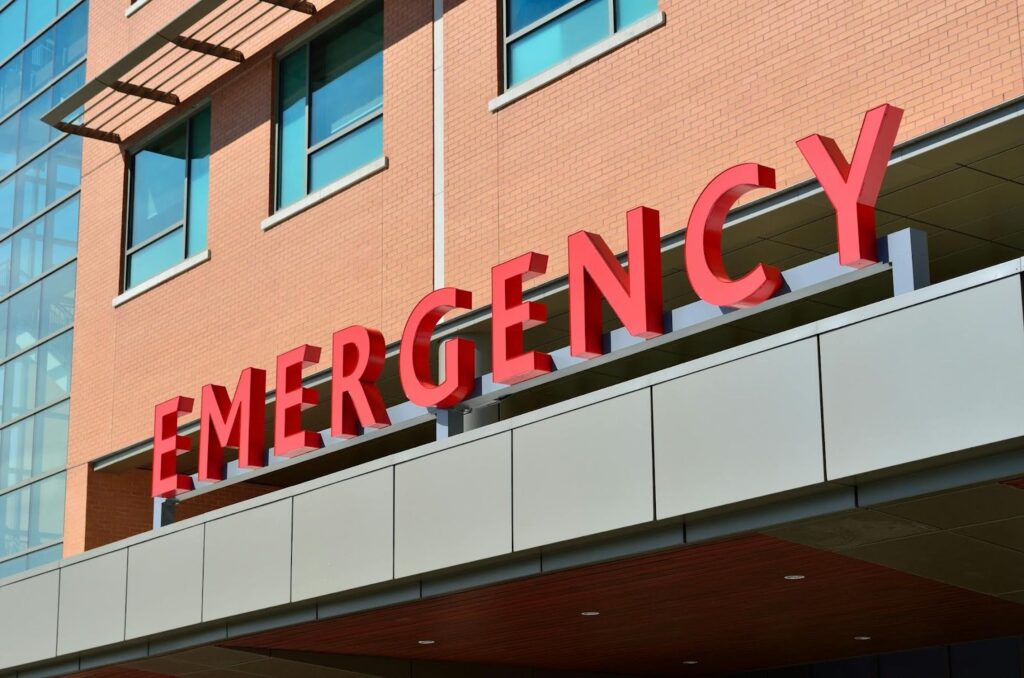Dashcam technology has become an increasingly vital tool in emergency services. Once reserved for civilian and commercial vehicles, dashcams are now widely adopted by police, fire, and ambulance departments for their ability to capture real-time, objective footage of critical incidents. These devices enhance accountability, improve operational efficiency, and support training efforts across emergency response teams. As public demand for transparency grows and the need for accurate documentation intensifies, dashcams are proving important in reinforcing trust and improving decision-making in high-stakes situations. This article explores the growing importance and many benefits of dashcam technology in emergency services today.
Enhanced Accountability and Transparency
One of the most compelling reasons emergency services have embraced dashcam technology is the demand for greater transparency and accountability. In a world where public scrutiny of law enforcement and emergency responders is higher than ever, having a clear, unalterable visual record of events can make a significant difference. Dashcam footage offers an unbiased account of interactions between emergency personnel and the public, often resolving disputes and complaints more efficiently than written reports alone. For example, in cases of alleged misconduct or excessive force, dashcam video can provide critical evidence that supports or refutes claims. This level of documentation helps protect both the public and the emergency responders from false accusations, reinforcing ethical standards and bolstering public confidence in emergency services.
Critical Evidence Collection
Emergency services rely on fast, accurate information during high-pressure situations, making dashcam footage a vital tool for collecting critical evidence. Whether it’s documenting a traffic accident, a crime scene, or the immediate aftermath of a fire or medical emergency, having visual records helps clarify events and streamline investigations. This is why emergency services fleets need tracking dashcams for safety, to protect personnel and preserve key details for legal and operational review. With HD Fleet’s emergency response solutions, departments gain access to real-time, high-definition video and GPS tracking, allowing for precise documentation that supports court cases, insurance claims, and internal evaluations with clarity and accuracy.
Improved Training and Evaluation
Emergency services benefit from dashcam footage in the realm of training and performance evaluation. Real-world scenarios captured by dashcams serve as powerful instructional tools for recruits and seasoned professionals alike. Training programs can incorporate footage to demonstrate best practices, discuss alternative response strategies, or analyze mistakes constructively. Supervisors can use dashcam video to evaluate how effectively personnel followed protocols during an emergency response, identifying areas where additional training may be necessary. This continuous learning loop enhances individual skill sets and improves team coordination and decision-making in high-pressure situations.
Increased Operational Efficiency
Dashcams are not merely passive recording devices; many are now equipped with advanced features such as GPS tracking, real-time data uploads, and integration with dispatch systems. These capabilities provide emergency services with a more comprehensive view of vehicle operations and incident response. Dispatchers can monitor routes, identify traffic delays, and adjust deployment strategies in real time, ensuring that help arrives as quickly as possible. Reviewing dashcam footage after incidents can help departments fine-tune their operational protocols, identify bottlenecks, and improve overall efficiency. When every second counts, having accurate data at your fingertips can make a life-saving difference.
Deterrence Against Aggression and Fraud
The mere presence of a dashcam can act as a deterrent against aggressive or fraudulent behavior. Emergency responders often face hostile situations, whether during a traffic stop, a domestic dispute, or a volatile crowd control scenario. Knowing that actions are being recorded can de-escalate tensions and prompt individuals to behave more responsibly. Dashcams help protect emergency services from fraudulent claims, such as staged accidents or false injury reports. The video footage can quickly verify the authenticity of such incidents, saving departments from costly legal battles and reputational damage. Dashcams contribute to a safer working environment for emergency personnel and a more honest engagement with the public.
Support for Incident Reviews and Policy Development
Dashcam technology plays a significant role in post-incident reviews and the development of effective policies. After any critical event, such as a high-speed pursuit, a mass casualty situation, or a failed rescue attempt, it is vital to conduct thorough evaluations. Dashcam footage offers a minute-by-minute replay of events, which allows senior officials to assess the appropriateness of the response and identify procedural gaps. These insights inform policy updates, emergency response planning, and resource allocation. This iterative process leads to more robust, responsive, and adaptive emergency service frameworks that better serve the personnel involved and the communities they protect.
As emergency services face increasing demands for speed, accountability, and professionalism, dashcam technology has become an important tool in meeting those expectations. From capturing critical evidence and ensuring transparency to enhancing training and improving efficiency, dashcams offer a wide array of benefits that are reshaping how emergency responders operate. With continued advancements in video technology and data integration, the future of dashcams in emergency services looks promising and integral to achieving safer, smarter, and more trustworthy public service operations.






